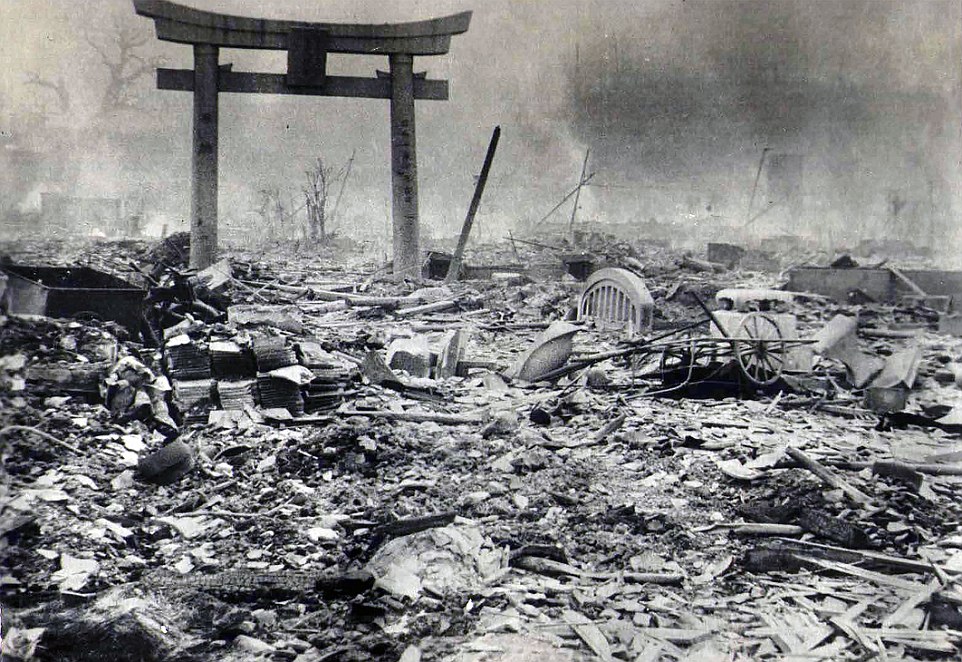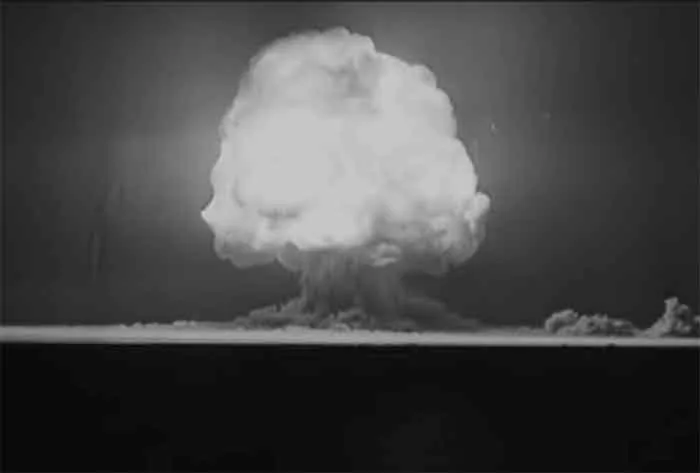
Risks of nuclear weapons have become alarmingly high due to a number of factors. Giving one indication of this, the Union of Concerned Scientists, USA, has written recently that warheads on just one US nuclear armed submarine have SEVEN times the destructive power of ALL the bombs dropped during World War II including the two atomic bombs dropped on Japan. The USA has tens of such submarines at sea.
We are familiar with and frightened by the enormous destruction caused by the atom bombs dropped on Hiroshima and Nagasaki. So it is shocking to know that the most powerful weapon available now—B83 gravity bomb—is more than 80 times destructive than the bomb dropped on Hiroshima.
The steady deterioration in the relations of the USA and Russia are well-known. Hence it is of great concern to know that over 90 per cent of the nuclear weapons of the world are concentrated in the hands of these two countries alone. Nuclear weapons modernization program of both these countries is expanding.
According to the Stockholm International Peace Research Institute ( SIPRI, Report for 2022) , the total number of nuclear weapons of the USA is 5428. The Union of Concerned Scientists (UCS) puts this number at around 5500, 1389 of which are deployed and ready to be delivered. These weapons are kept in submarines and 80 feet deep missile silos across five of the Great Plains states. Others are stored at Air Force bases where these can be loaded on long-range bombers.
What is more, nearly 150 of the US nuclear bombs are deployed at airbases in five European countries. Which are these five countries? Some reviews of weapons situation mention these to be Germany, Italy, Belgium, Netherlands and Turkey.
According to the UCS, nearly half of the deployed weapons in the USA ( or a total of about 700 weapons) are maintained on ‘hair-trigger alert’, able to be launched very quickly after a presidential order. These include almost all of the silo based intercontinental ballistic missiles (ICBMs) and a comparable number of warheads on submarine-launched ballistic missiles (SLBMs). ICBMs can be launched within a couple minutes and SLBMs within 15 minutes.
According to SIPRI Russia has somewhat higher number of nuclear weapons estimated at 5977. UCS puts this number at 6300, 1458 of which are deployed.
Both sources say that China has 350 nuclear weapons. According to the UCS, just over 100 of these are aligned to missiles that can reach the USA. China is known to be expanding and modernizing its nuclear weapons.
Keeping in view the long-term hostile relations between India and Pakistan it is a matter of concern that both these countries too are expanding and modernizing their nuclear weapons. According to UCS India has 150 nuclear weapons, while SIPRI puts this number at 160 weapons. In the case of Pakistan, the number of nuclear weapons has been estimated by UCS at 150 and by SIPRI at 165.
France has 290 to 300 nuclear weapons, most of which are based on submarines. According to SIPRI the number of nuclear weapons possessed by the UK are 225.
The Middle East being a very volatile region which has seen several wars and conflicts, the nuclear weapons of Israel have been a source of much concern. Although Israel has never openly declared its possession of nuclear weapons, it is believed to have a stock of around 100 nuclear weapons, according to UCS ( 90, according to SIPRI). North Korea may have up to 20 nuclear weapons.
In a special report on future wars, the Economist has stated, “Existing nuclear arms control agreements are fraying. The protocols and understandings that helped avert Armageddon during the cold war have not been renewed.”
The Economist report states that the USA has been working on a concept known as Conventional Prompt Global Strike ( CPGS) for over a decade. “ The idea is to deliver a conventional warhead with a very high degree of accuracy, at hypersonic speeds ( at least five times faster than the speed of sound), through even the most densely defended space…Russia and China claim that CPGS could be highly destabilizing if used in conjunction with advanced missile defenses. Meanwhile they are developing similar weapons of their own.”
Further this report says that the command-and-control systems of nuclear weapons are becoming vulnerable to hacking by new cyber-weapons or ‘blinding’ of the satellites they depend on. A country under such an attack could find itself under pressure to choose between losing control of its nuclear weapons or using them.
Hence it is clear that the threat from nuclear weapons has been increasing due to multiple factors and it is high time that the phasing out and elimination of nuclear weapons should be placed at the top of the future agenda of humanity.
Bharat Dogra is Honorary Convener, Campaign to Save Earth Now. His recent books include Planet in Peril, A Day in 2071 and Protecting Earth for Children.














































